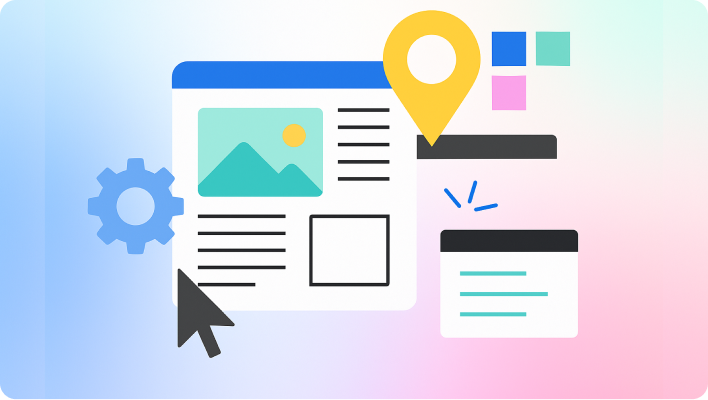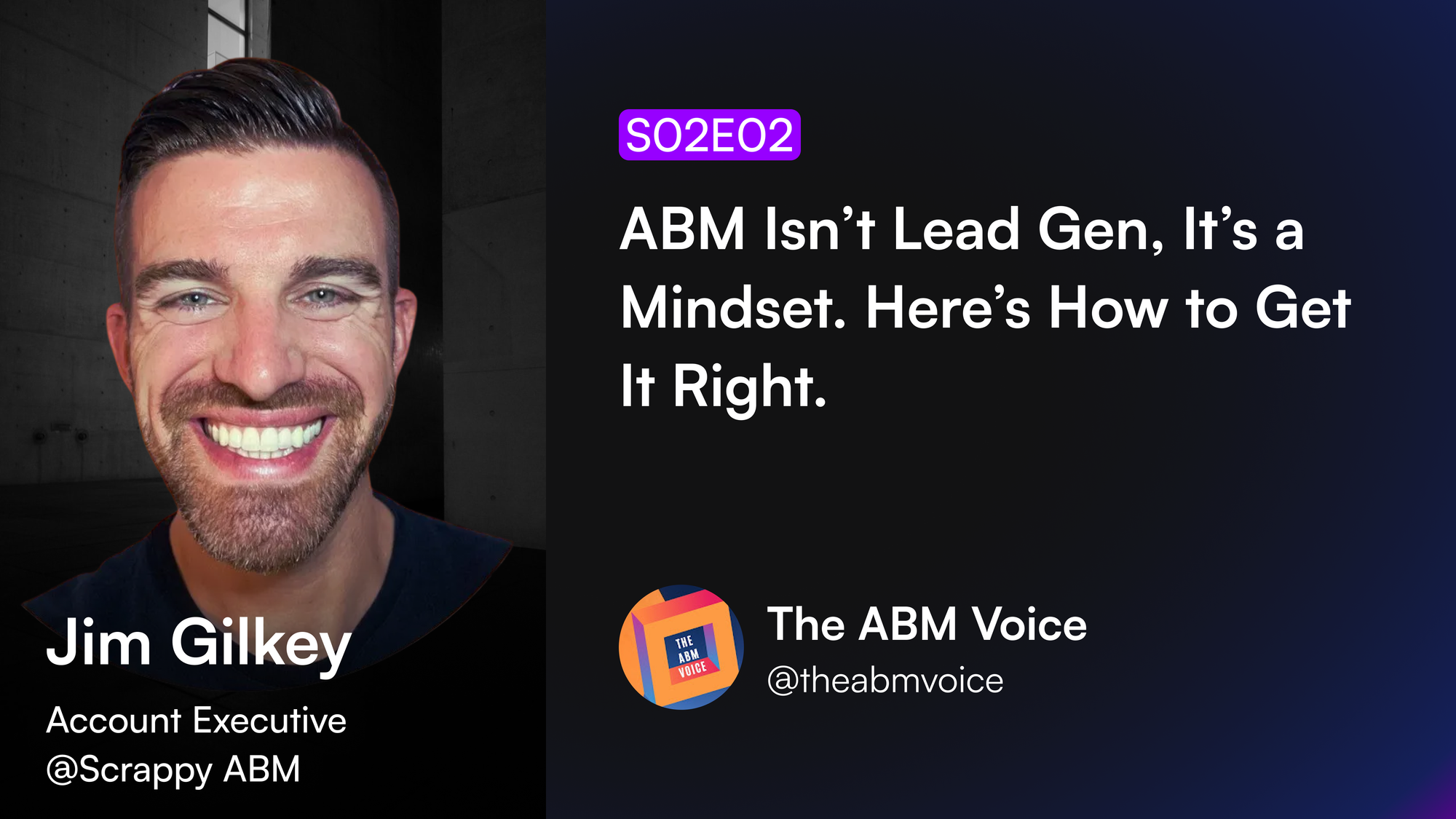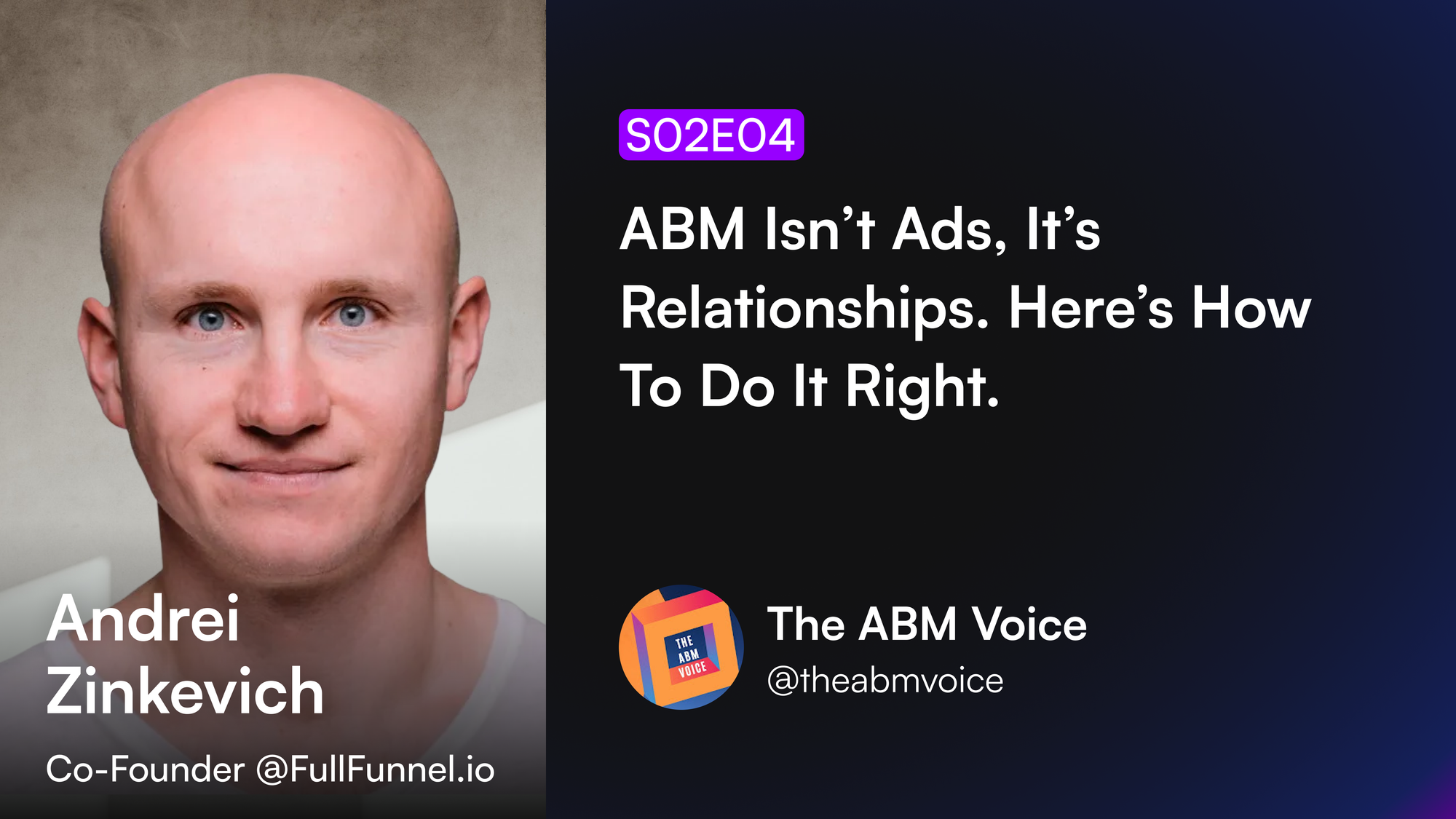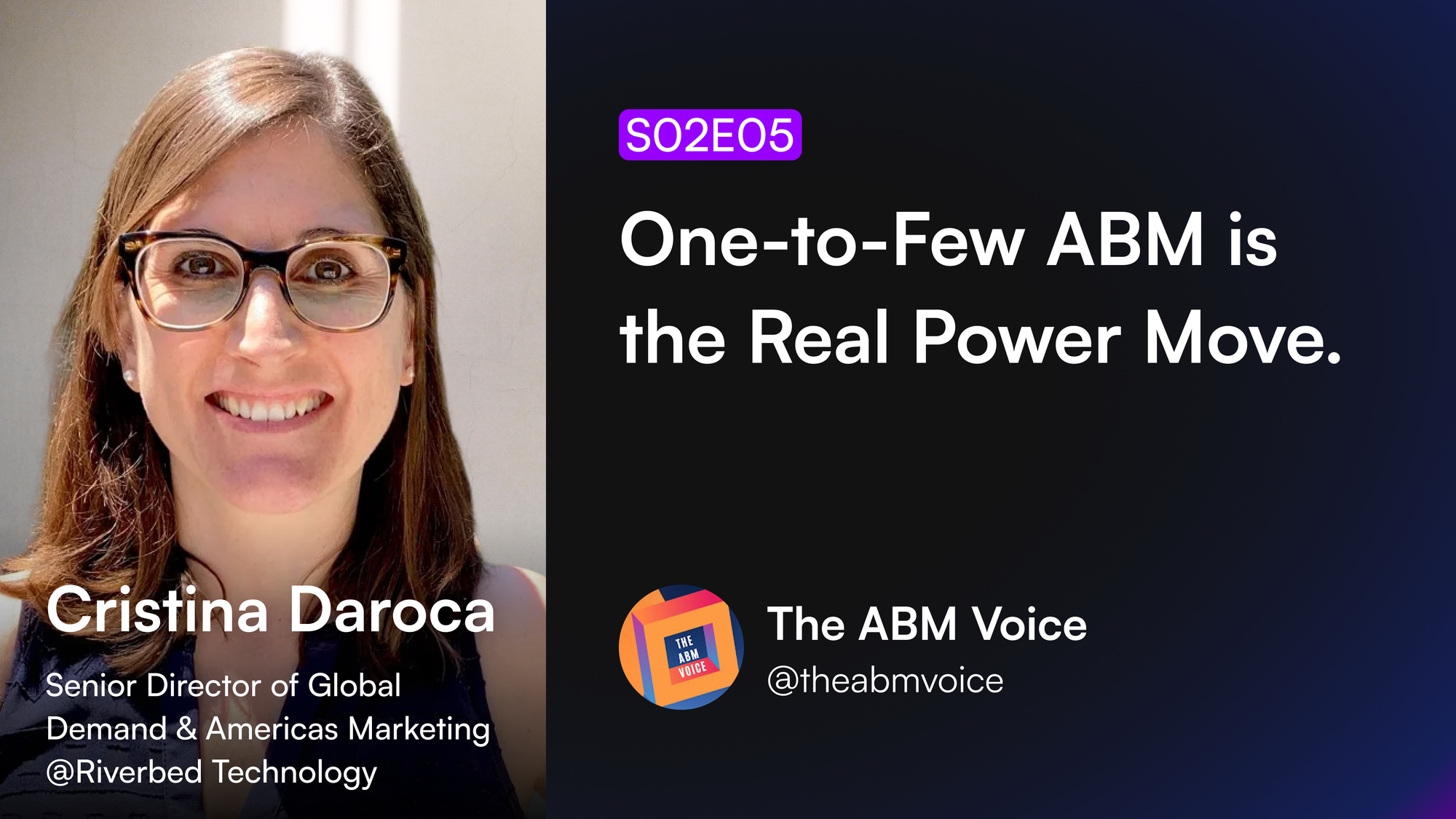The era of hyper-personalisation is upon us and is here to stay. B2B businesses are battling for the attention of increasingly self-reliant customers. Nothing but personalised messaging can convince these empowered to engage and convert.
Therefore for B2B marketers, delivering personalised content to the right audience and the right time becomes a vital part, of their overall marketing strategy. However, they are well aware of several internal challenges that come associated when transitioning to the world of personalisation.
From creating a content repository to building distribution mechanism using traditional tools and processes can add significant capacity burdens on Marketing teams.
Marketers require intelligent and integrated systems that overcome execution challenges and aid them in driving personalised communication using data at its core. While B2C personalisation is performed primarily using cookies, B2B personalisation requires advanced techniques such as reverse IP lookup, domain mapping, intent tracking etc.
With right tools and processes at their disposal, here are a few considerations for Marketers to go about with the implementation.
1. Start small, learn and iterate
Like everything else, it’s important to keep the scope of personalisation projects, small and expand gradually. Focus on the few things that can provide the maximum mileage. Trying to do multiple things and going all out can lead to undesired results and ultimately bring failure.
Begin by designing 1:many personalisation campaigns that affect a broad segment of audiences. Choose 1–2 webpages that have the highest scope for impact and commercial value. The best candidates are the homepage and a landing page that is attached to an active target campaign.
The campaigns can later be expanded for ‘1:1’ personalisation (ex. dedicated to Microsoft) and 1: Few’ (all tech companies).
“Marketing leaders often aim high without first piloting personalization techniques,” says Jennifer Polk, VP Analyst, Gartner for Marketers.
2. Create audience segments
To be impactful web personalisation should focus on a specific audience segment. You should group your website visitors into segments using common B2B attributes such as industry vertical, geography, company size etc.
The information needs of a visitor from Enterprise vs SME varies vastly and hence they need to be served differently. They will resonate with content — client logos, case studies, testimonials — showcased from their peers. Similarly, content for a North-American visitor should be personalised differently compared to his counterpart in Europe, even within a specific industry.
The idea is to capitalise on these needs and use it to drive engagement and consequently conversion.
3. Develop content for each segment
It’s time to focus on content once you have the segments. It is important to involve all the key stakeholders associated with the segment — Sales, Customer Success, Account teams etc. — to develop a common messaging strategy specific to each target audience segment. Focus on repurposing content as much as possible to ease the challenge of creating content in volumes.
You then assemble the page using specialised tools in such a way the content is personalised dynamically for each segment as opposed to creating multiple pages for each segment. The key is to display content that can best help customers make decisions across their buying journey.
4. Use A/B testing
A/B testing is a practice of comparing two versions of a webpage against each other to determine which one performs better. The technique allows you to construct hypotheses and progressively improve content elements based on the user behaviour of each segment.
By following these steps, Marketers can achieve personalisation breakthrough at scale and deliver messaging that influences customer decisions.
Book a free consultation with us; We will be happy to share more practical tips. Let’s Recotap and unlock the power of personalisation and boost your marketing effectiveness.













